Math Courses at the UCLA – OneClass Blog
When it comes to school, and in particular, college math classes, students can get pretty intimidated. At the University of California Los Angeles (UCLA), math courses are part of the graduation requirements, but the faculty is highly prepared and the courses are strategically placed in the curriculum for students to perform their best. UCLA has also cultivated many successful alums including Tom Anderson, co-founder of MySpace. Here are 10 math classes at the University of California Los Angeles (UCLA).
1. MATH 100-Problem Solving
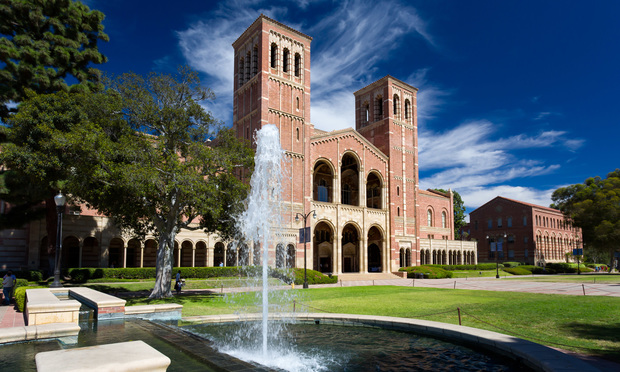
This course is 4 credits and involves three hours of lecture per week. Usually, freshmen students are recommended to take in this course. However, students must have completed course 31B with a grade of C or better to enroll in the course. A great professor this course is Paul Balmer who is spoken highly in the math department.
Problem-solving techniques and mathematical topics useful as preparation for Putnam Examination and similar competitions are covered in this course. Continued fractions, inequalities, modular arithmetic, closed form evaluation of sums and products, problems in geometry, rational functions and polynomials, other non-routine problems are also taught. Students in the class are expected to take the Putnam Examination.
2. MATH 105A-Mathematics and Pedagogy for Teaching Secondary School Mathematics
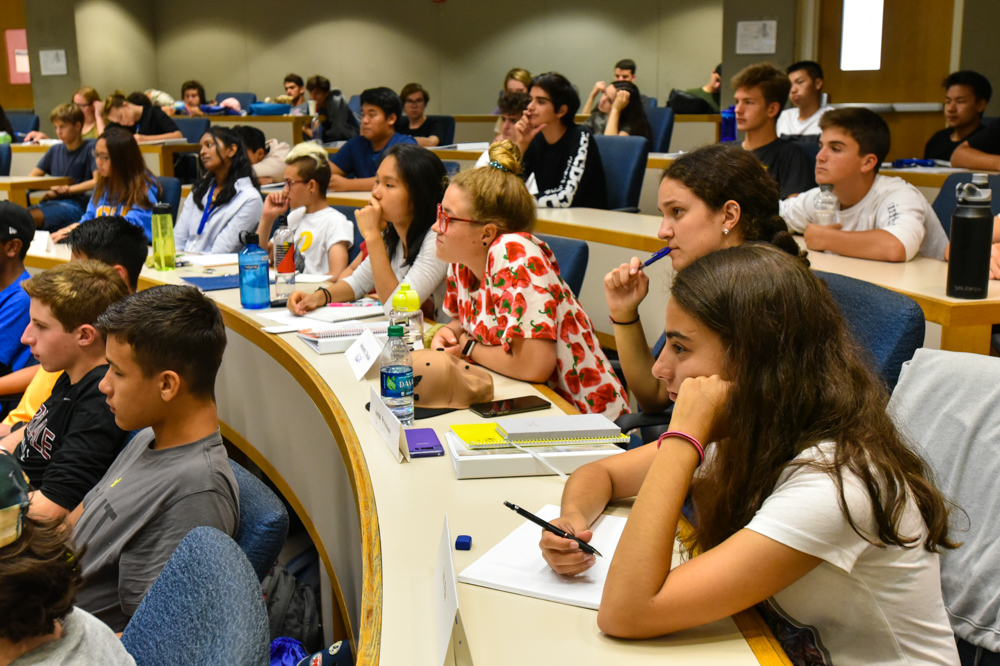
Mathematics and Pedagogy for Teaching Secondary School Mathematics is a class that is four credits and has a four hour lecture a week. Fieldwork is also a requirement for this class. Prerequisites are courses 110A (or 117), 120A (or 123), and 131A, with grades of C or better. Course 105A is required for 105B, and 105B is also requirement for 105C.
Mathematical knowledge and research-based pedagogy needed for teaching key geometry topics in secondary school, including axiomatic systems, measure, and geometric transformations are taught to students. Introduction to professional standards and current research for teaching secondary school mathematics is also discussed. Tom Chou is an excellent professor for this course.
3. MATH 106-History of Mathematics
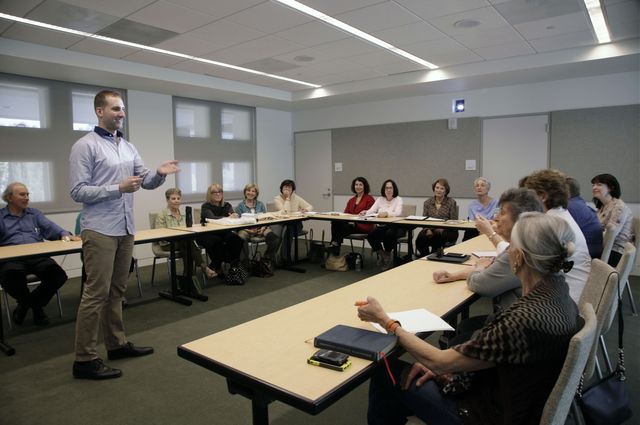
History of Mathematics is a four credits course that is broken up into a three hour lecture each week and one hour discussion. Prerequisites for this class include courses 31A, 31B, 32A. A great professor for this course is Rowan Killip.
Roots of modern mathematics in ancient Babylonia and Greece, including place value number systems and proof are main topics talked about. The development of algebra through Middle Ages to Fermat and Abel, invention of analytic geometry and calculus is also covered.
4. MATH 114C-Computability Theory
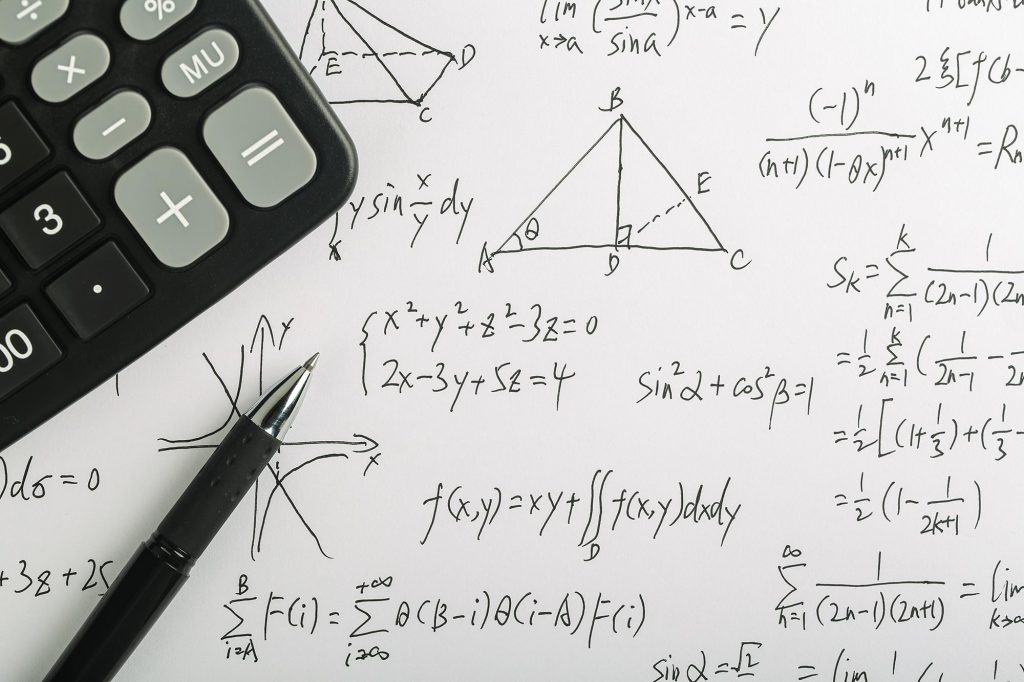
Computability Theory is a course that is four credit hours for students to fulfill. Each week the class meets 3 hours a week, and has an hour of discussion. Prerequisites for this course are 110A or 131A or Philosophy 135. A highly spoken of professor for this course is Christopher Anderson.
Effectively calculable, Turing computable, and recursive functions, Church/Turing thesis are main topics taught. Normal form theorem, universal functions, unsolvability and undecidability are also discussed. Recursive and recursively enumerable sets, relative recursiveness, and polynomial-time computability are smaller units covered in MATH 114C.
5. MATH 115A-115B-Linear Algebra

Linear Algebra 115A is a five credit course, and Linear Algebra 115B is a four credit course. 115A is a lecture, that is three hours and a discussion, which is two hours. A prerequisite course is 33A. Techniques of proof, abstract vector spaces, linear transformations, and matrices, determinants, inner product spaces, and eigenvector theory are taught to students.
115B is a 3 hour lecture combined with 1 hour discussion. A prerequisite for this class is course 115A. The course will cover linear transformations, conjugate spaces, duality, theory of a single linear transformation, Jordan normal form, bilinear forms, and quadratic forms. Euclidean and unitary spaces, symmetric skew and orthogonal linear transformations, polar decomposition are also discussed in the course.
6. MATH 132-Complex Analysis for Applications
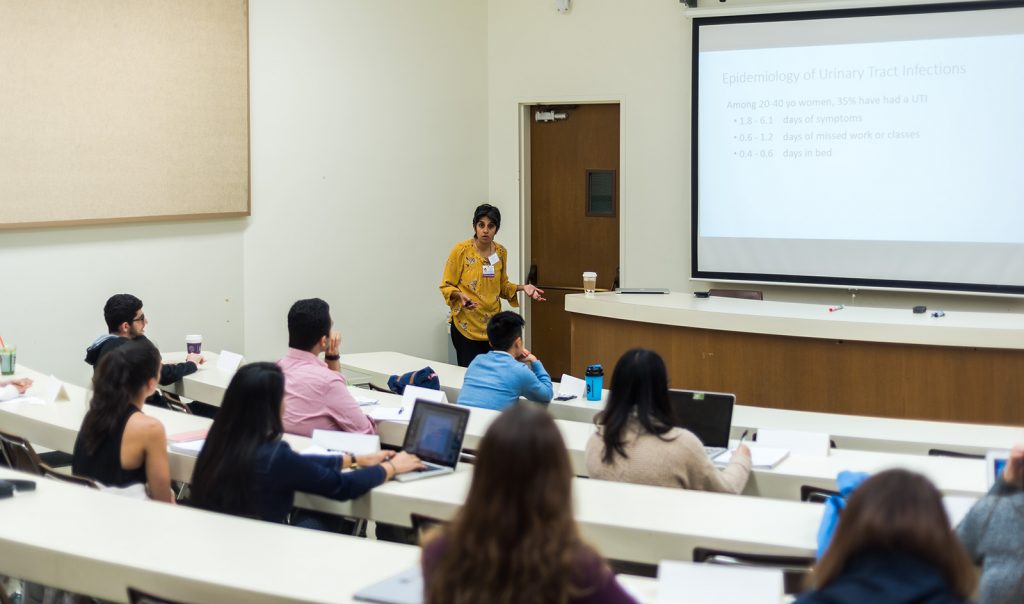
Complex analysis for applications is a course that is 4 credits. Students are expected to attend a three hour lecture a week and one hour discussion a week. The prerequisites needed for this course are courses 32B, and 33B. A teacher who is highly recommended in this course is Richard Elman.
The topics talked about in the class include an introduction to basic formulas and calculation procedures of complex analysis of one variable relevant to applications. Topics also include Cauchy/Riemann equations, Cauchy integral formula, power series expansion, contour integrals, and residue calculus. Concepts can be tough but the faculty is always willing to help the students.
7. MATH 175-Introduction to Financial Mathematics
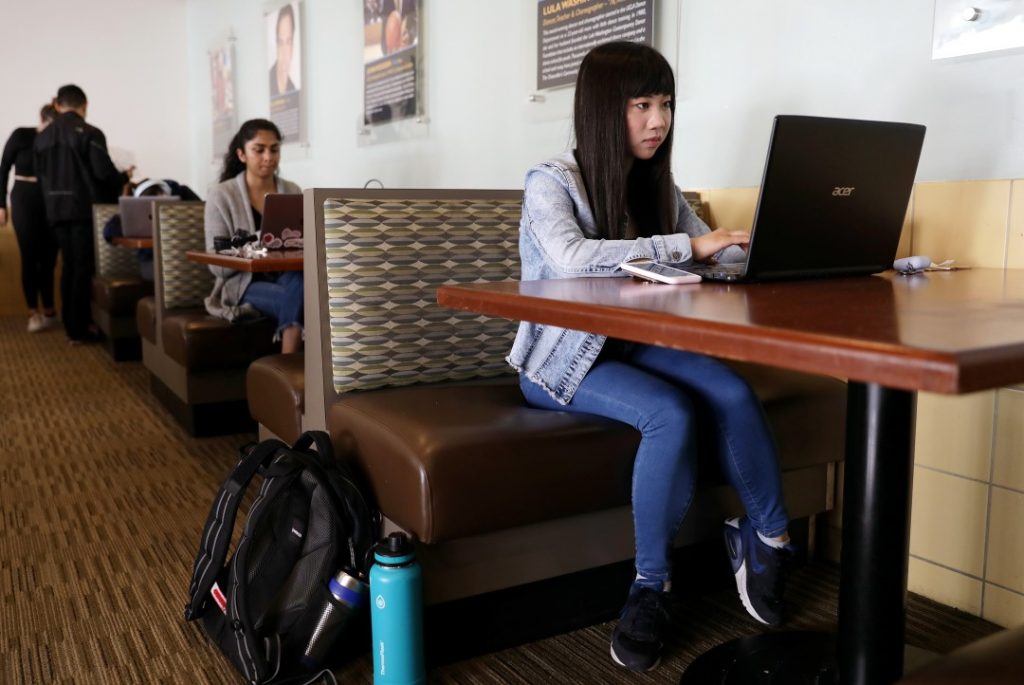
MATH 175 is a four credit course where students are required to attend four hours of lecture each week. Courses 32B and 33B are the two prerequisites for this class. Robert Brown is an awesome professor that instructs this course.
This course is designed to prepare students for the Society of Actuaries Financial Mathematics examination. It provides understanding of fundamental concepts of financial mathematics and how those concepts are applied in calculating present and accumulated values from various streams of cash flows. It gives a basis for future use in reserving, valuation, pricing management, investment income, capital budgeting, and valuing contingent cash flows.
8. MATH 182-Algorithms
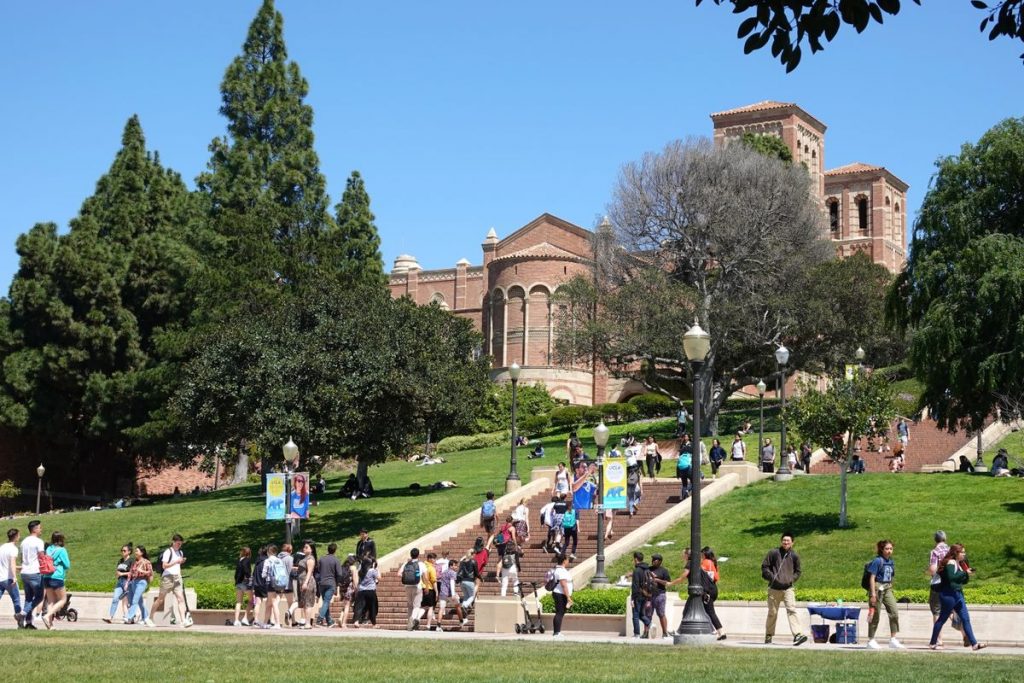
Algorithms is a course that is four credit hours, and keeps students very busy. It is three hours of lecture each week, and one hour of discussion for students to attend. This class has two prerequisites which are the courses 3C or 32A. Instructors vary for this course.
This class is not open for credit to students with credit for Computer Science 180. Main topics in the course includes: graphs, greedy algorithms, divide and conquer algorithms, dynamic programming, network flow are main topics covered. There is an emphasis on designing efficient algorithms useful in diverse areas such as bioinformatics and allocation of resources.
9. MATH 195-Community Internships in Mathematics Education
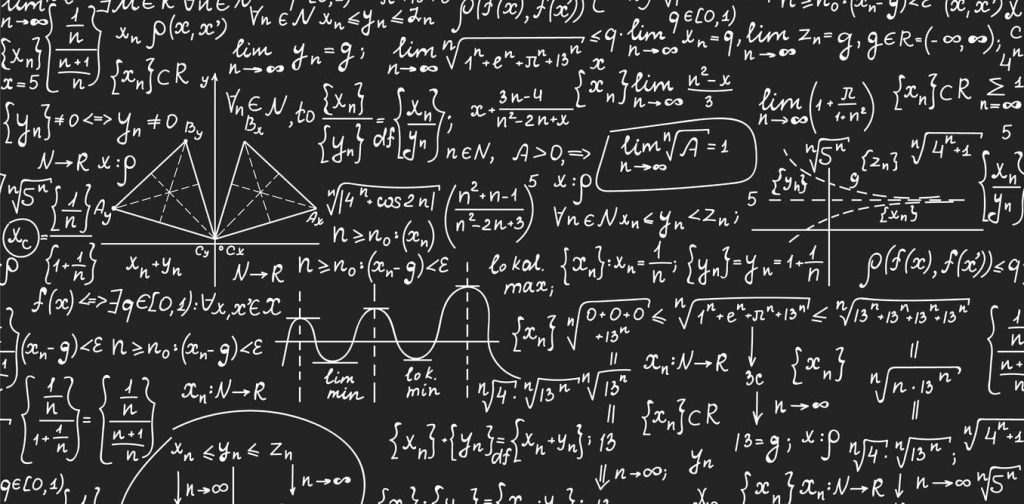
Community Internships in Mathematics Education is four credits and includes a tutorial session each semester that varies on time and date. This course is designed for juniors and seniors only. There are multiple different faculty who participate in this course.
Students meet on regular basis with instructor, provide periodic reports of their experience, have assigned readings on mathematics education, and complete a final paper. This course may not be repeated and may not be applied toward major requirements. Individual contract with supervising faculty member is required in order to participate in this class.
10. MATH 199-Directed Research or Senior Project in Mathematics
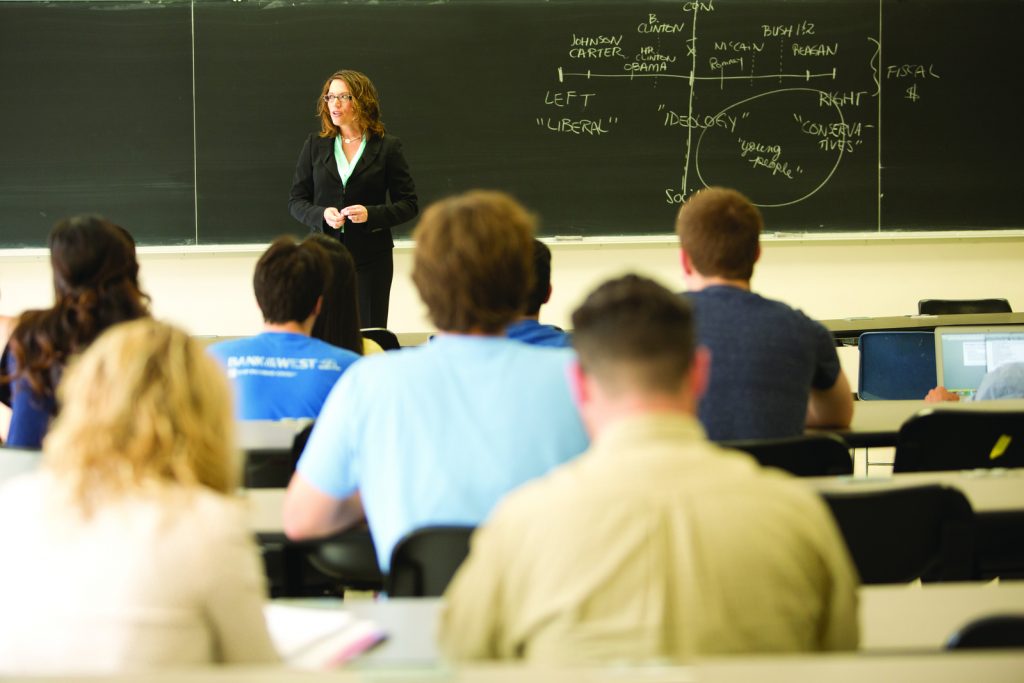
This course has a required tutorial, three hours per week per unit. MATH 199 is limited to juniors and seniors only. It is supervised individual research under guidance of a faculty mentor that is picked by students. Students find this course very helpful, and they say they learn a lot!
In conclusion, mathematics courses change depending on each university. The University of California Los Angeles has excellent courses that are organized in a way to help students reach their full potential and gain information for future careers. Math is not so bad when you are being taught by educated professionals and have an organized curriculum to follow.
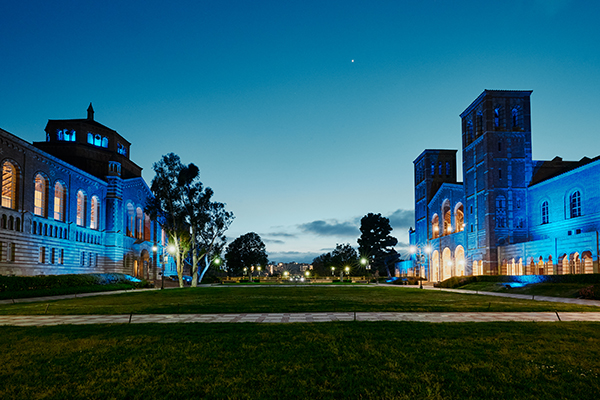
Scheduled meetings are to be arranged between faculty member and each student. Culminating reports are required. The class may be repeated for maximum of 12 units, but no more than one 197 or 199 course may be applied toward upper-division courses required for majors offered by the Mathematics Department.
